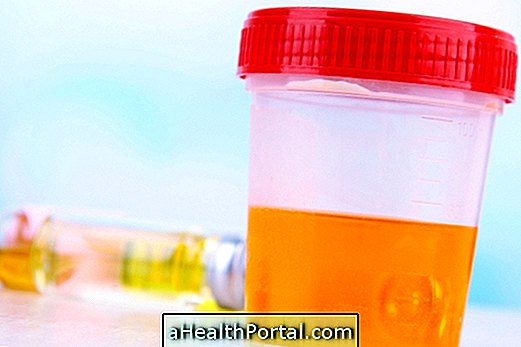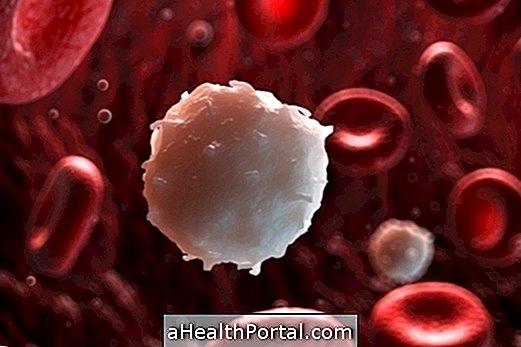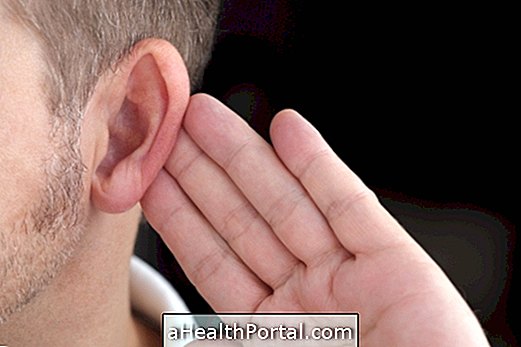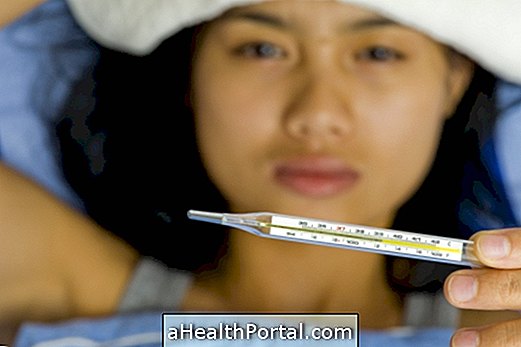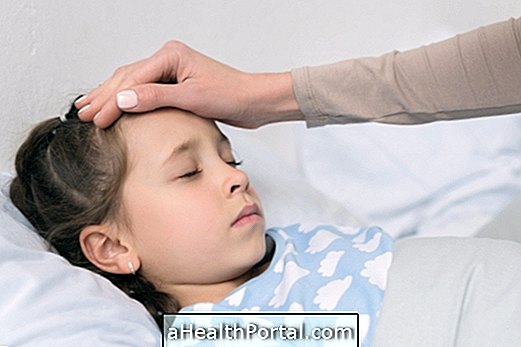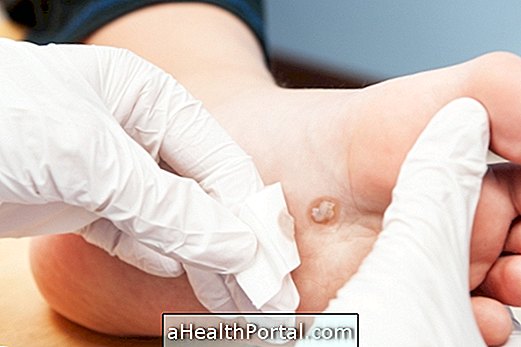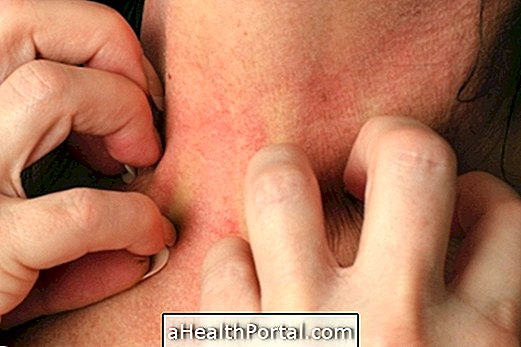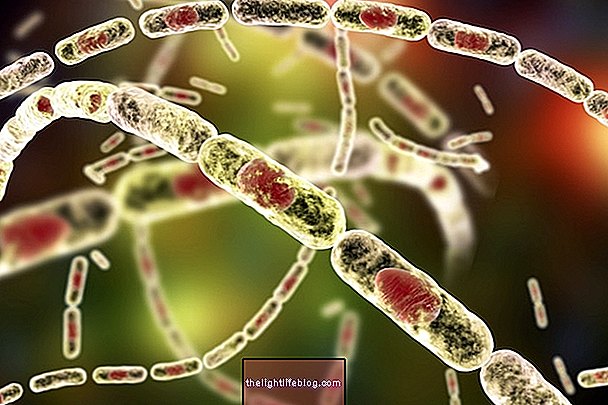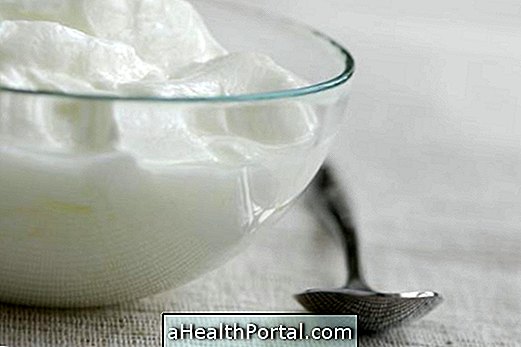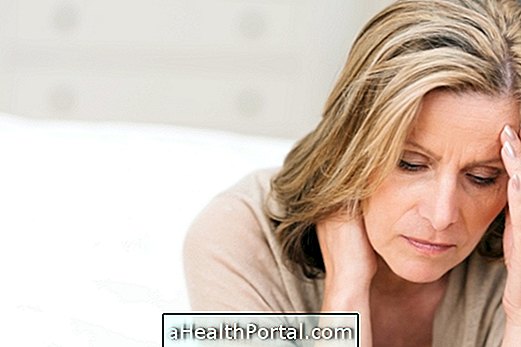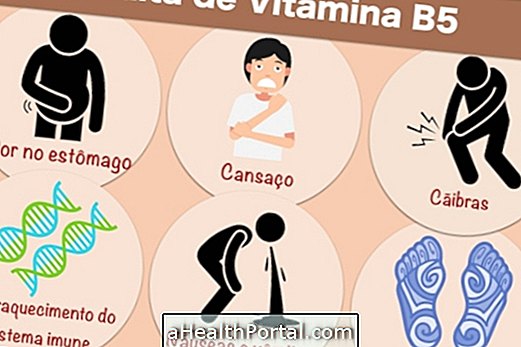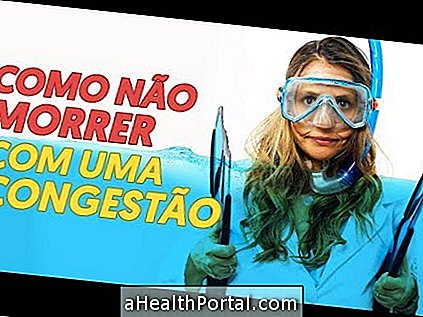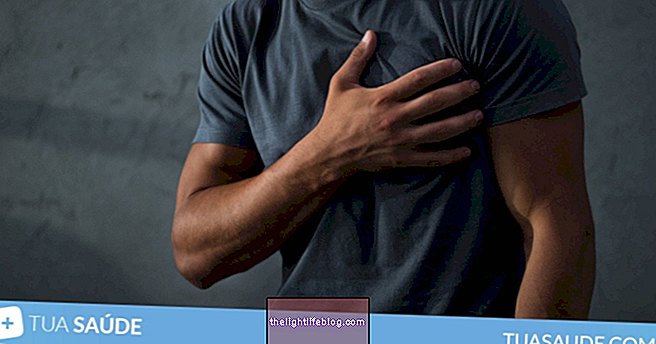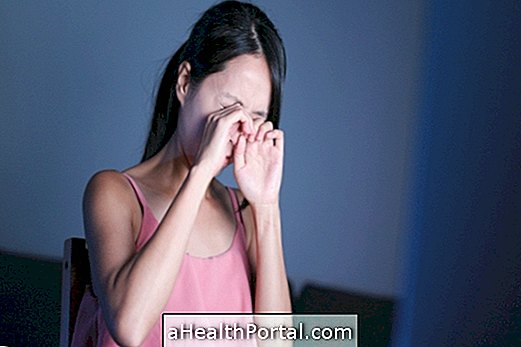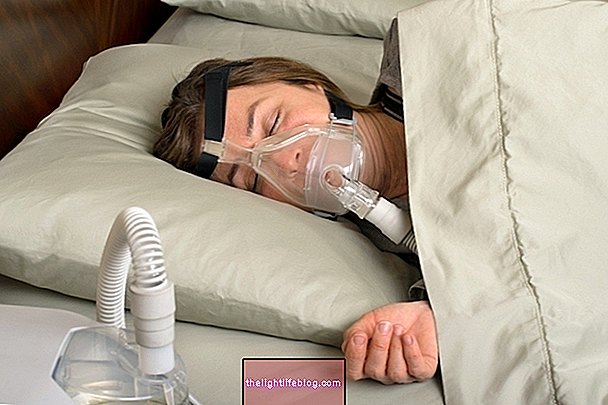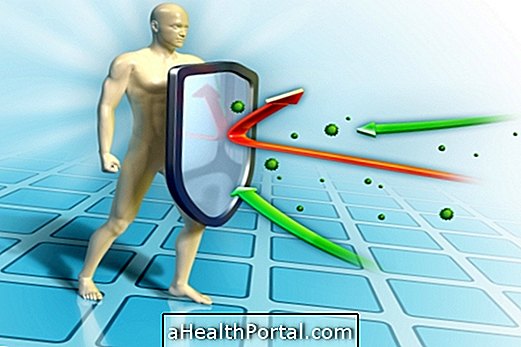There are several treatment options for varicose veins, which can be done with pharmacy remedies, home remedies, creams or medical procedures like laser or surgery. The treatment depends on the severity of the problem and so you should go to the doctor in order to do the one that is most appropriate for each case.
1. Pharmacy Remedies
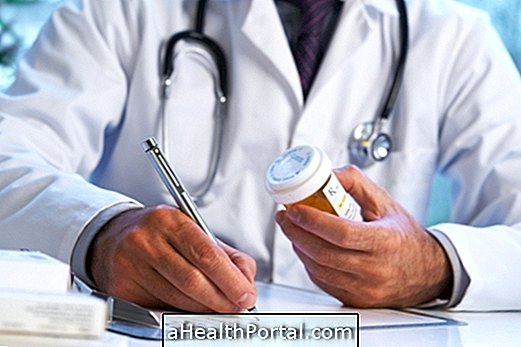
The most widely used pharmacy remedies for varicose veins and poor circulation generally have diosmin and hesperidin, which are flavonoids that act on the veins of the circulatory system, decreasing its distensibility and increasing venous tone, thus improving circulation.
In addition, these drugs also improve microcirculation because they normalize vessel permeability and enhance capillary resistance, which results in a decrease in swelling of venous origin. At the lymphatic level, they increase lymphatic drainage and increase the number of functional lymphatics, promoting a greater elimination of the interstitial fluid.
In this way, the remedies for varicose veins reduce the symptoms associated with the disease, such as pain and the appearance of ulcers. Some examples are:
- Daflon 500;
- Diosmin;
- Venaflon;
- Flavenos;
- Perivasc;
- Velunid;
- Flavonid.
The dosage depends on the dose of the tablets, but usually the recommended dose for chronic venous disease is 2 tablets of 500 mg per day, one in the morning and one in the evening.
2. Natural Remedies

Natural remedies that can help reduce the symptoms caused by poor circulation usually contain red vine extract, Asian spark or Indian chestnut and can be easily found in herbal medicines.
In addition, there are also brands of herbal medicines such as Antistax, Novarrutina or Innéov circuvein for example, which contain some of these extracts in the composition and are rich in bioflananoids, very important to relieve pain and swelling of the legs with varicose veins.
3. Creams

Cream, gel and ointment formulations are a great option to complement tablet treatment. They can be applied with the help of a massage that must be done on the legs, in ascending movements, that is, in movements that begin at the ankle towards the thigh.
Some examples of such products are Trombofob, Hirudoid or Allestax gel, which can be obtained from pharmacies.
4. Home Remedies

Although not as effective, home remedies can also help relieve symptoms caused by varicose veins and vines. For this you can make a juice of black grapes, which is rich in resveratrol, which is a substance that facilitates blood circulation, or make a chestnut tea from India, which has properties that increase the strength of the walls of the veins. Here's how to prepare these home remedies and many more.
One can also apply essential oils such as witch hazel extract, cypress essential oil and yarrow essential oil, which help activate circulation and relieve the discomfort caused by the disease. Regular exercise also helps in the prevention and treatment of varicose veins.
In addition to all these remedies, laser surgery is also used as a treatment for varicose veins and aims to remove as many varicose veins as possible. Sclerotherapy, where a chemical substance that removes it is injected directly into the varicose veins, is another way of treating varicose veins.
Remedy for varicose veins in pregnancy
The remedy for varicose veins in pregnancy should only be taken if recommended by the doctor, according to its indications and very carefully so as not to hamper the development of the baby and surgery is contraindicated during gestation.
One way to prevent the onset of varicose veins during pregnancy is to wear elastic stockings until the end of gestation and raise the legs at least three times a day because it relieves symptoms and prevents complications of varicose veins.
